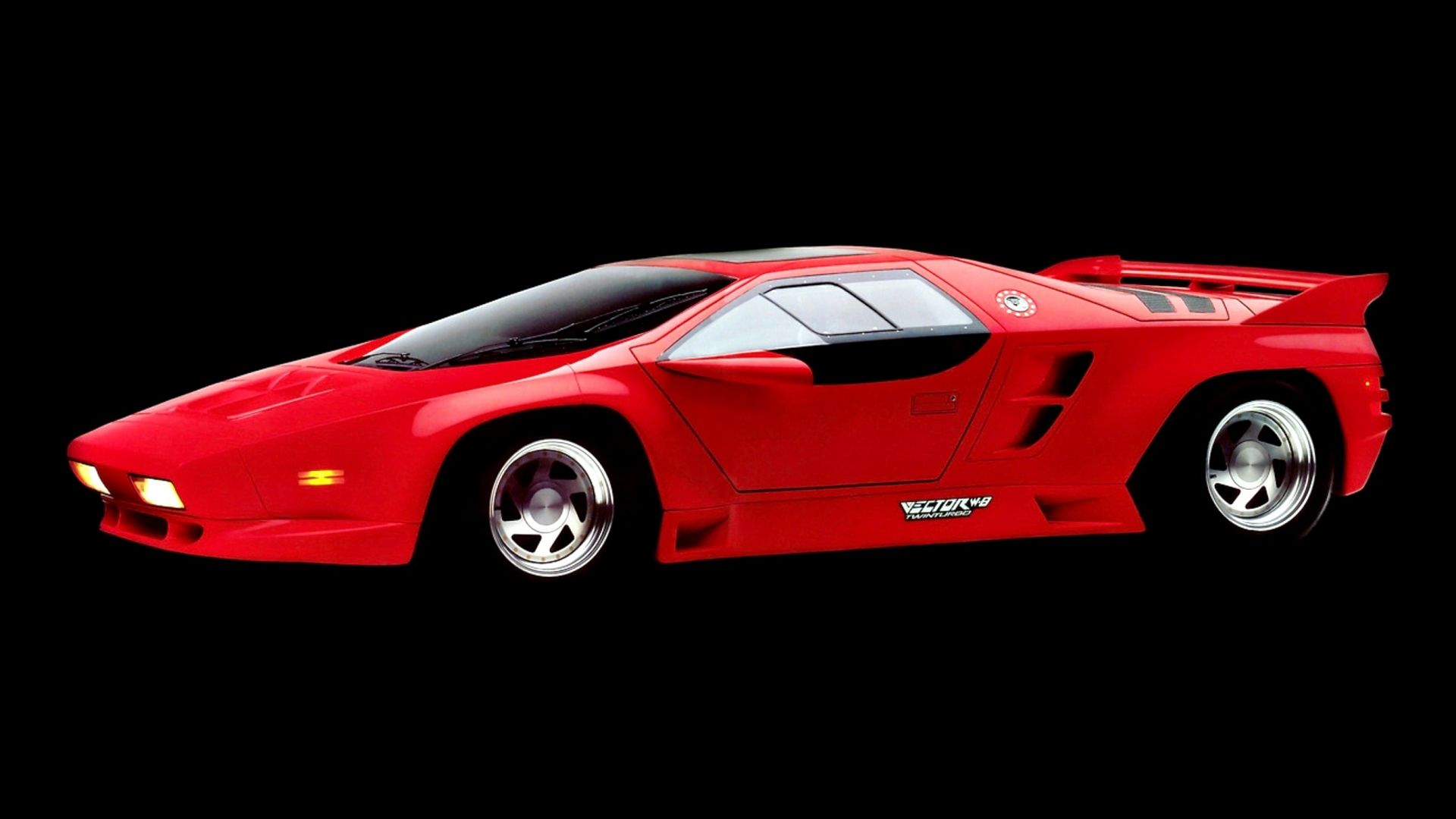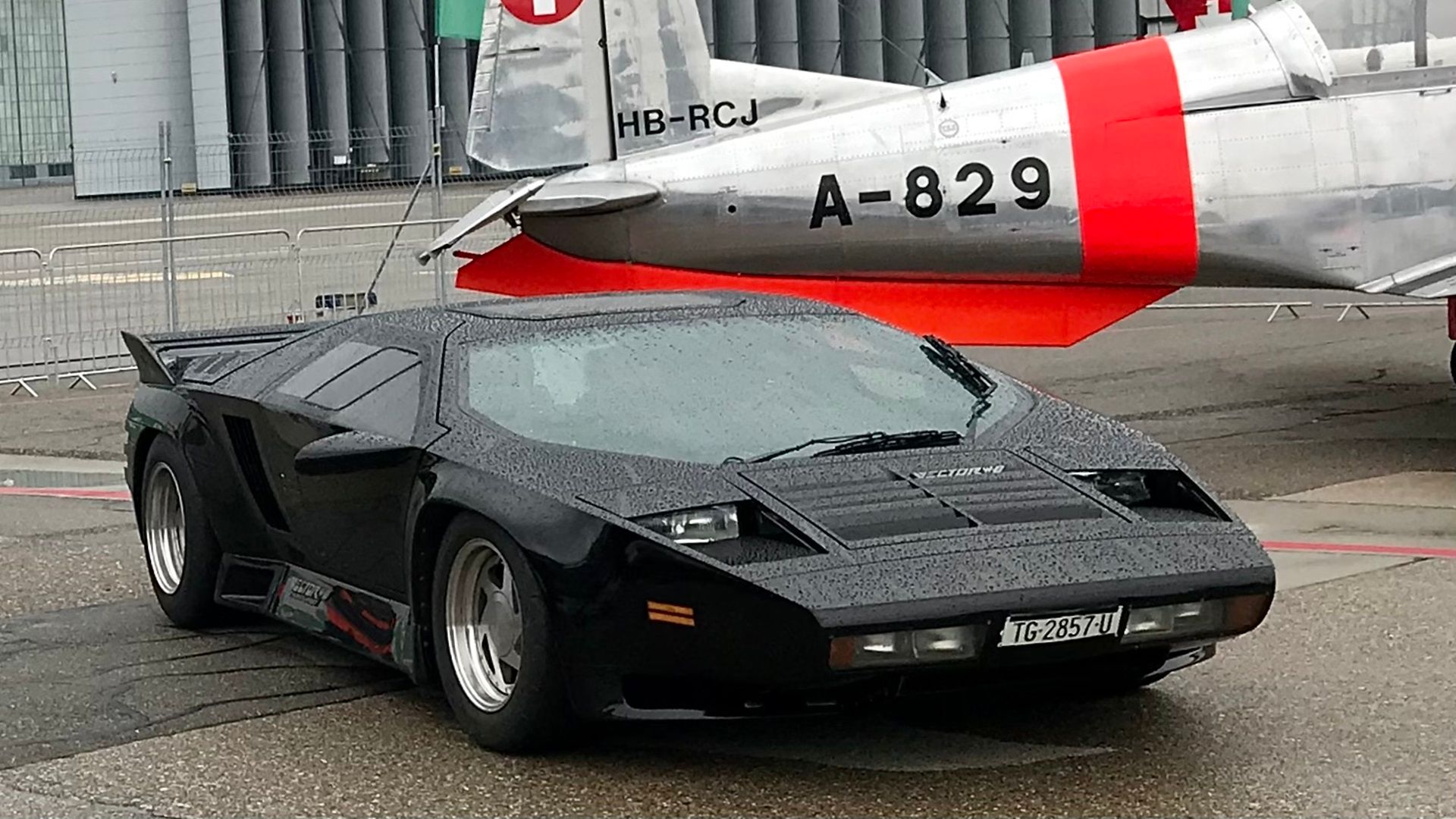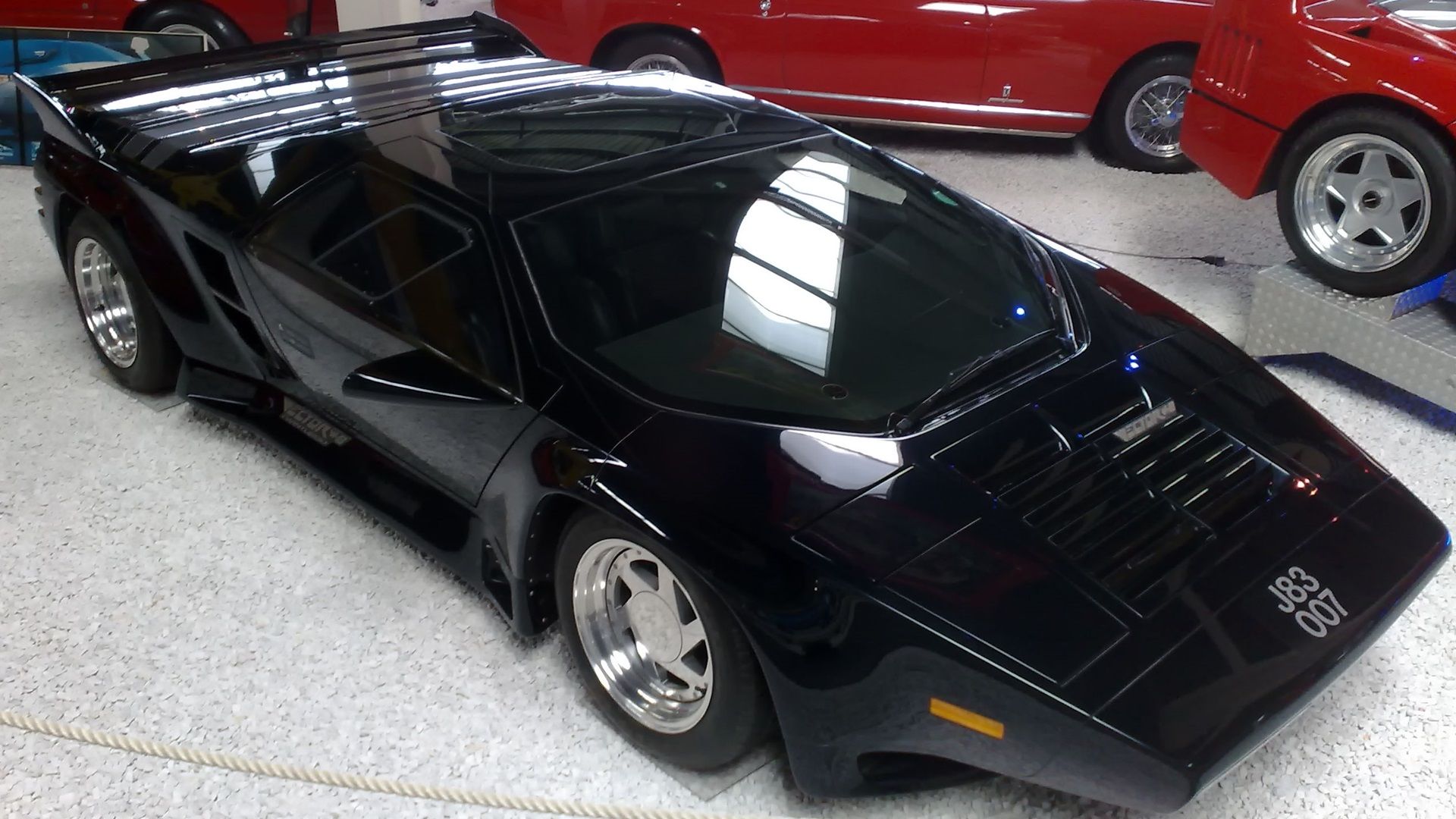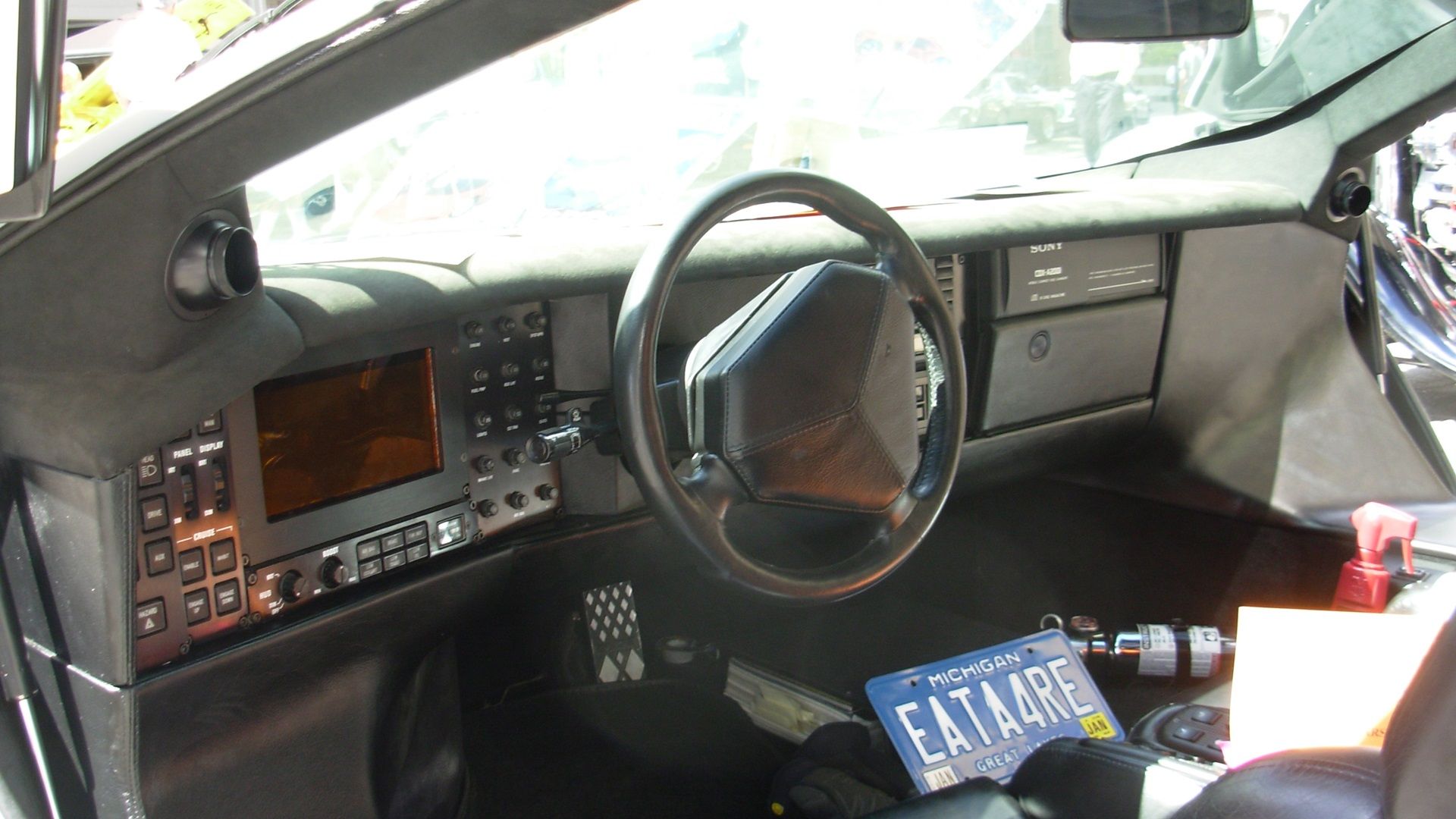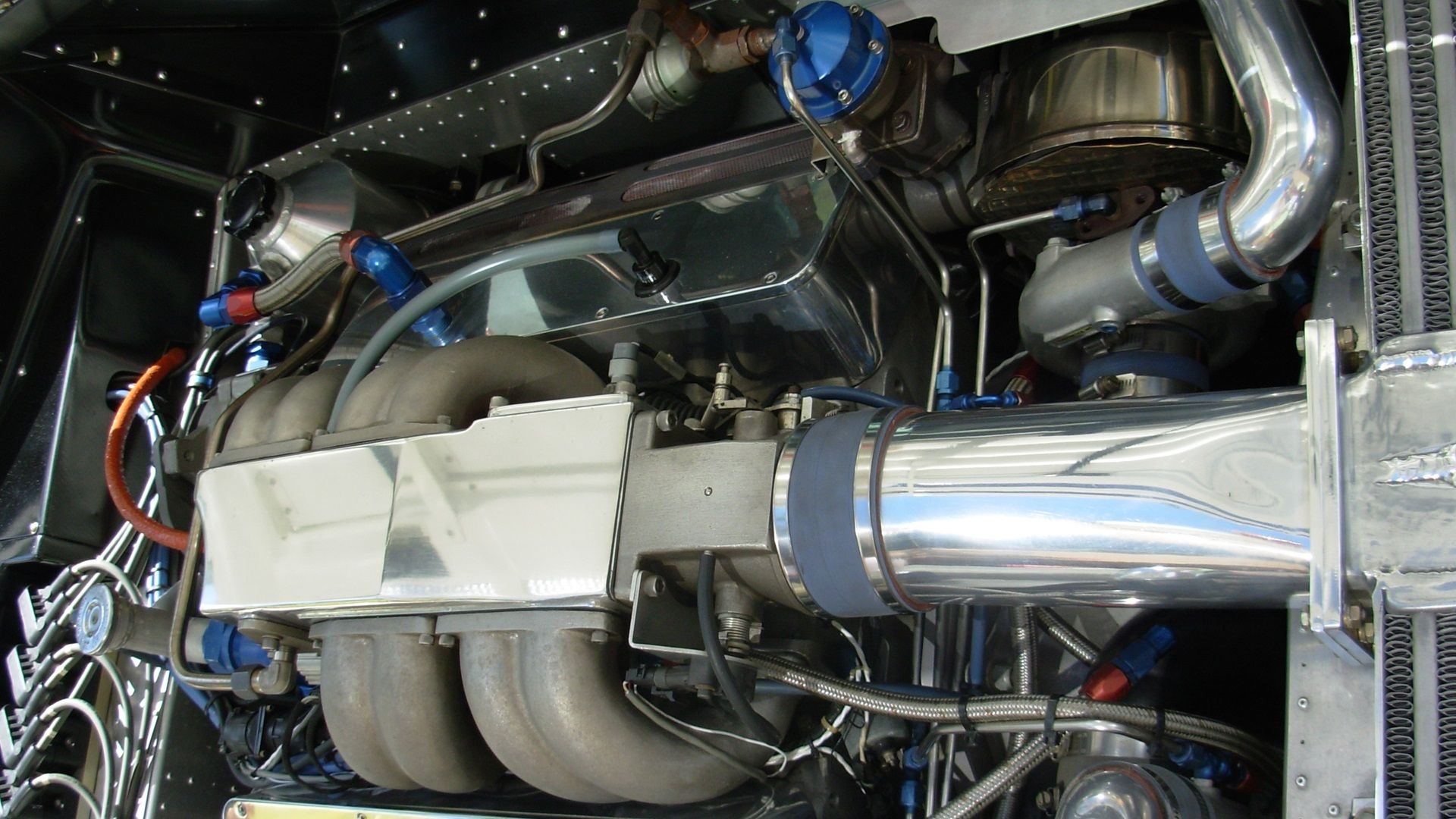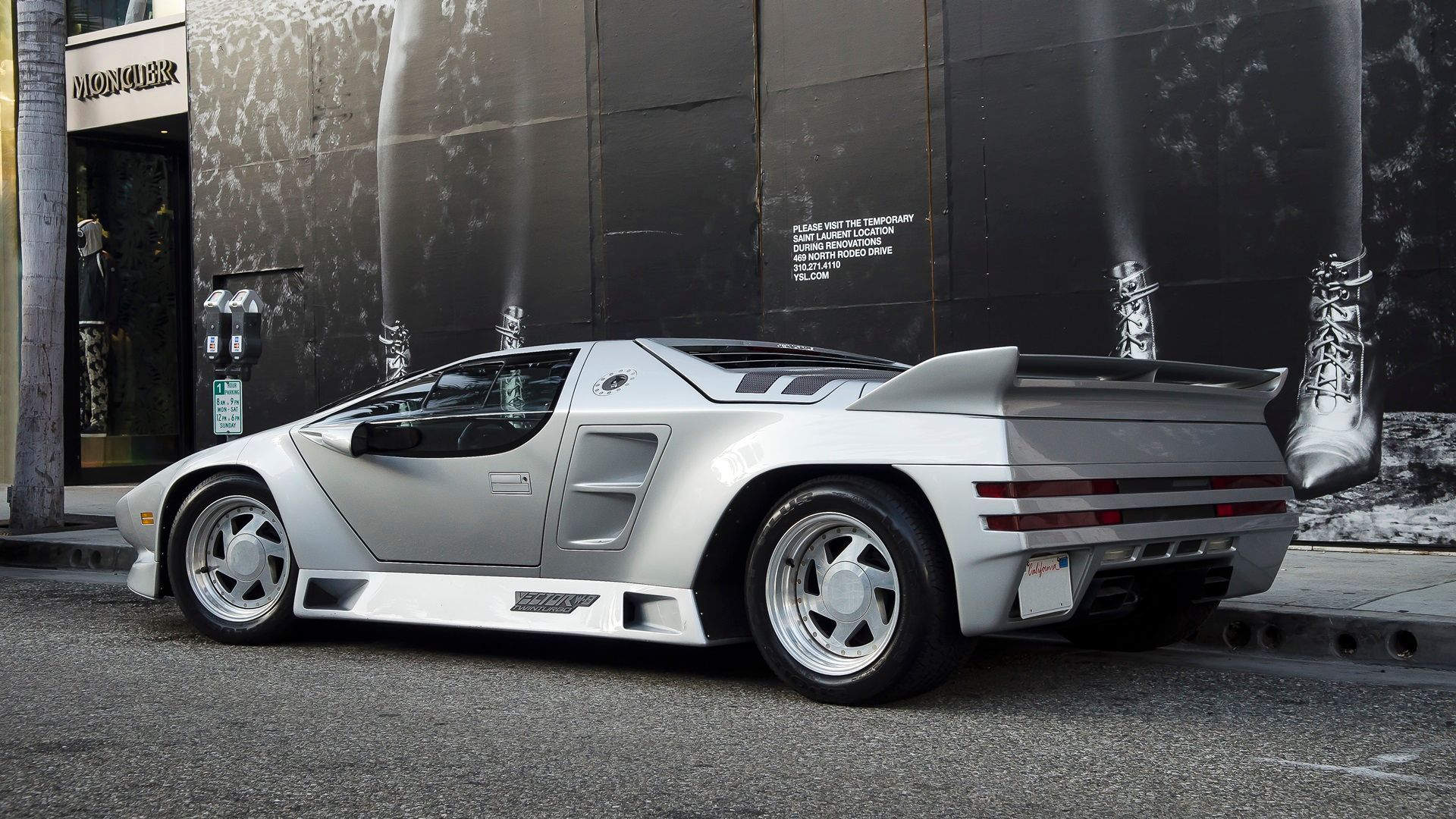Summary
- The Vector W8 was a standout supercar of the 80s and 90s, with impressive acceleration and a top speed that rivaled the McLaren F1
- It was a newcomer in the automotive scene and garnered attention with its powerful performance.
- The Vector W8 had a unique and wild design, inspired by fighter jets and featuring pop-down headlights, sleek aerodynamics, and angular scissor doors. It was constructed with lightweight materials like carbon fiber and kevlar but still weighed around 3,300 pounds.
- The interior of the Vector W8 was like stepping into a cockpit, with numerous buttons and switches that mimicked an aircraft's operation. It also had a large screen with multiple displays for different information. Despite its extreme performance, the car had amenities like power seats, a stereo with a CD changer, and air conditioning.
The 1980s and 1990s were a very interesting time for high-performance supercars. In the 80s we had the Lamborghini Countach, Ferrari F40, Porsche 959, and many more. In the 90s, supercars improved further with the Lamborghini Diablo, Ferrari F50, Mercedes CLK GTR, Porsche 911 GT1, Jaguar XJ220, and the Bugatti EB110. But there was one car that attempted to stand above every other supercar in that period.
Vector was a newcomer in the automotive scene and made the world pay attention to its W2 prototype and later W8 production supercar. It was much more powerful than any production car at the time with Vector claiming some outrageous acceleration times and top speed. The numbers claimed would make it a rival only to the McLaren F1 which was a huge feat. Despite numerous failures, the Vector W8 is still a stunning car with impressive power.
A Brief History Of Vector Aeromotive
Vector Motors was first founded in 1971 by Gerald Wiegert with the sole aim of making an all-American supercar that could beat the likes of Lamborghini and Ferrari. The prototype known as “the Vector” was supposed to have a Rotary engine but when the running prototype was shown in 1978, it had a V-8 engine and was now called the W2. The Vector W2 was still a concept car but was driven a lot by Gerald for press shows and supposedly racked over 100,000+ miles and got a lot of press and exposure for the brand.
In 1989, Vector was now known as Vector Aeromotive Corporation and the production car was finally unveiled in the form of the W8. It looked a lot like the W2 concept which created more buzz for the brand. The V-8 engine made more power than any other car at the time and was as powerful as any supercar of the 90s.
The Vector W8 Was The Wildest Looking Supercar
In terms of design, the Countach is regarded as the wildest-looking supercar of the 80s. But the Countach pales in comparison to the Vector W8 and its fighter jet-inspired styling. Gerald Wiegert was fascinated by aircraft and the W8 had a lot of design cues from them and the Alfa Romeo Carabo. The W8 was low, wide, and aerodynamic which made it look like an aircraft made for land speed records.
It didn’t even have traditional popup headlights like other cars at the time, instead, it had pop-down lights similar to a Jaguar XJ220. It had the classic wedge but with smoother edges to help it slip through the air. The windshield was heavily raked, had three wipers, and an almost wrap-around look like a Koenigsegg. Its side profile was just as wild with very angular-shaped scissor doors which added more flare to an already jaw-dropping car. You couldn’t roll down the windows, instead, you had a small opening that could slide back and forth like a race car.
Special Michelin XGT Plus tires were featured on this car with an 18-inch wheel setup and the look was completed with huge side skirts and air intakes to cool the engine. At the rear, the spoiler is not as big as modern supercars and sports but it was quite big for the time. The taillights are stacked on top of each other separated by some bodywork but give the illusion of a full-length light bar. Dual exhaust pipes completed the look of the rear end and they have an angular look to them also.
This car was as wild as it could be, it had a monocoque chassis constructed with Aluminum held together with around 5,000 aircraft spec rivets for rigidity. The body was made of Carbon fiber and Kevlar composites to keep the weight down. Despite these weight-saving techniques the Vector still weighs around 3,300 pounds but it did have more technology and power than the other supercars.
For a famous car, it didn’t have enough badges to tell people what it was. There is a twin-turbo badge at the back between the taillight that says twin turbo to signify the engine. The next badge is on the side skirts which says Vector W8 twin turbo and was the only place the car’s name is mentioned on the vehicle.
The Interior Was Just As Wild As The Exterior.
Stepping inside the W-8 was like stepping inside a cockpit. The only cars that could compare to the interior were the DMC DeLorean from Back to the Future and KITT from the Knight Rider series. When you first step in, it’s an information load even by today’s standards. There are buttons and switches everywhere and the layout was done on purpose to mimic the operation of an aircraft. It looks cool but would take a lot of time to get used to because there are so many. For those complaining about modern car screens, this is what would have happened if we only used buttons.
Talking about screens, there is a fairly large screen which is supposedly the same one used in a fighter jet. There are four different displays on the screen showing various information, this is controlled by four buttons located on the driver-side sill above the transmission lever.
- Screen 1: Shows main items like your gear selection, fuel level, speedometer, RPM, and odometer all in real-time as you drive.
- Screen 2: This is the performance screen which shows the engine performance and parameters similar to what Dodge has in its Hellcat-powered vehicles.
- Screen 3: Similar to screen 2 but dedicated to the transmission and battery.
- Screen 4: Vector calls this a Chassis screen but it just shows the side profile of the Vector and indicates if any parts of the car like the door, trunk, or hood are open.
The Vector also has some power-operated features like power mirrors and the sliding windows are also power-operated. Another great feature is a stereo with a 10-disc CD changer, most cars in this era didn’t have stereos and certainly not CD changers. This was located on the passenger side which means no airbags for the passenger. Air conditioning was available which compensated for the large of large windows.
The seats are also quite interesting, most cars would use bucket seats for lightweight purposes but not the Vector. It had power seats with the controls mounted on each seat between the driver and passenger. They were heated with backrest and lumbar adjustment all power operated but had manual forward and backward adjustments.
There is also a sunroof which is all glass and pops out, in direct sunlight this may make the cabin very hot hence the need for AC. The most normal part of this interior would be the steering, it is round with a hexagon-like middle but it looks normal compared to the rest of this car. For a crazy supercar meant to go really fast and beat every other supercar, it does have some good amenities and controls that contribute to the weight despite the lightweight body and chassis.
A Very Powerful Twin Turbo V-8
The twin-turbocharged V-8 engine in the Vector was a powerhouse of an engine and was more powerful than any other supercar of the 80s and most of the 90s. Supercars of the 80s like the F40 and Countach were making around 400–500 horsepower, but the Vector was making over 600 horsepower. Even newer supercars in the 90s like the EB110, and Porsche 911 GT1 made around 550 horsepower. Only the McLaren F1 came close in power with 620 horsepower and 480 pound-feet of torque.
Specifications
Engine | Twin-Turbocharged V-8 |
|---|---|
Displacement | Six-liters |
Horsepower | 625 horsepower |
Torque | 649 pound-feet |
Transmission | Three-Speed Automatic |
Layout | Mid-engine rear-wheel drive |
0-60 MPH | 4.2 Seconds |
Top Speed | 242 MPH (claimed) |
But the transmission was nowhere modern, this was a three-speed automatic with sequential shifting available. It was an old GM transmission that had been around for two decades but heavily modified for the purpose and sending power to the rear wheels only. Vector claimed it was the best application for this car and had been geared properly to achieve its over 240 MPH Claimed top speed.
The Vector W8 Was Very Expensive And Limited
Wiegert had originally promised that the Vector would cost $100,000 in 1972 ($620,000 in 2023). This was very pricey for a new supercar company but it had way more power and some very headline performance figures. But by the time the production car was ready in 1989, it was selling for $455,000 ($1,071,000 in 2023) For comparison:
- Lamborghini Countach cost around $73,000 ($374,000 in 2023)
- Ferrari F40 $400,000 ($1,076,000 in 2023)
- Bugatti EB110 was around $400,000 - $500,000
The Vector W8 was very expensive but had taken too long to make and at that point, it was almost two decades since the project started. It didn’t do so well on independent tests, Car and Driver tested two W8s and they broke down constantly. There was even an incident with a famous tennis player Andre Agassi who wanted his car early and drove it against Vector’s instructions. This created negative press for Vector combined with production delays.
In the end, Vector was said to have produced less than 20 cars. Vector did try to make other cars but the damage had been done and the W8 was the only car that had made it out with a handful of production cars. Despite the failure of the Vector brand, the W8 was a sensation and a poster car of its time. Clean examples of W8s cost around $700,000 today and with such limited numbers, they are expected to go up in the coming years. Even today many people are still in awe of this car and it has been appreciated in the last few years, making it an 80s supercar worthy of a comeback.

